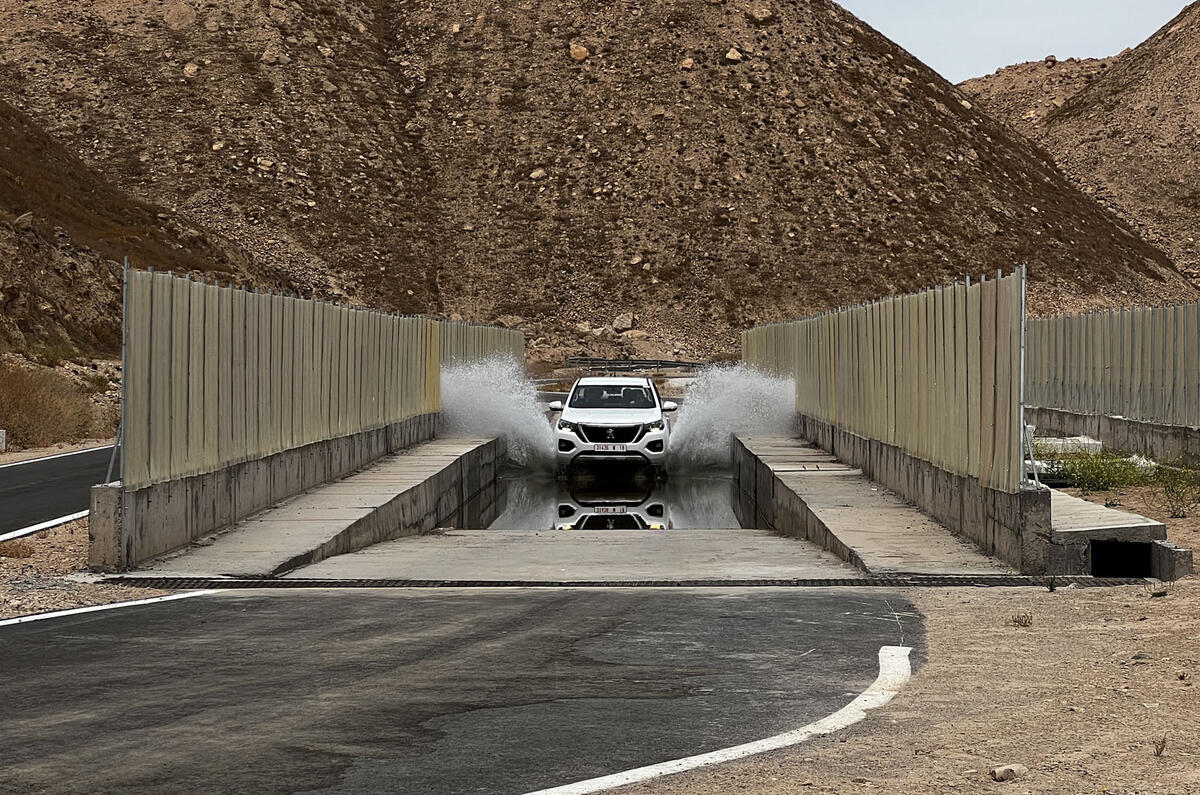A new 1200-acre vehicle proving ground has opened in North Africa with a unique low-cost operating structure that is claimed to save car makers between 30% and 50% on new car testing costs.
The Morocco Mobility and Automotive Centre (MMAC) is a joint venture between AngloFrench testing facility operator UTAC and German engineering consultancy FEV.




Add your comment